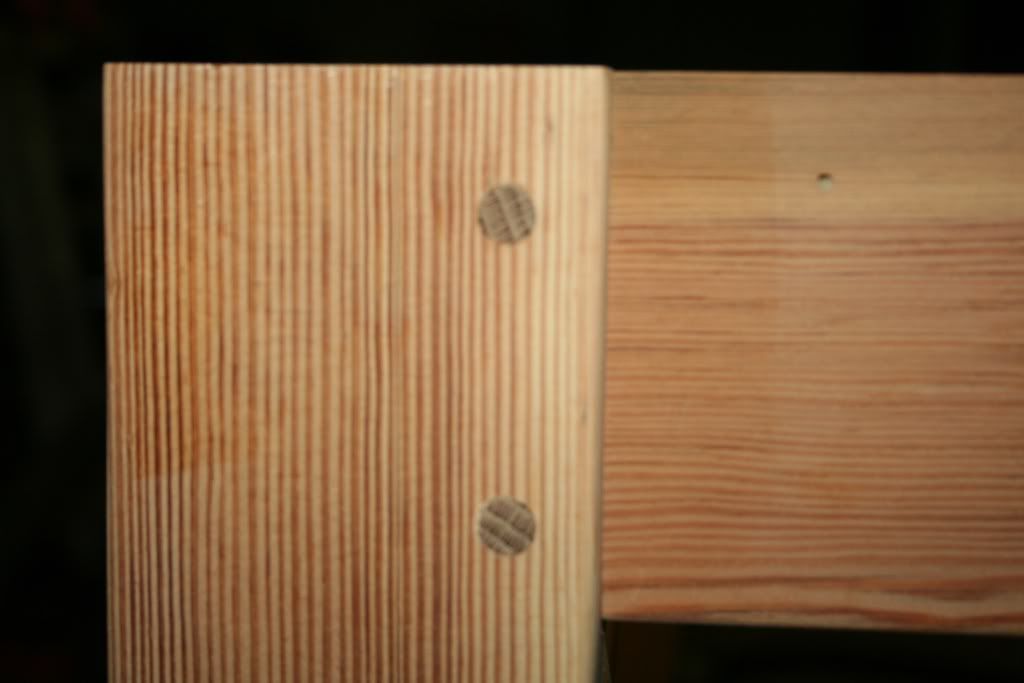Monkey Mark
Established Member
Plenty of people on here use festool tools and one of the things that seems to keep cropping up is the Domino. I've watched a few demo and review vids and everyone seems to say how great they are. They do look good and I can see how useful one would be.
However, for the average hobbyist like myself £500+ is way to steep for me.
There's a few vids out there where people have made their own so wondered if anyone on here has made one? If so, how well do you find it works? Was it worth the effort? And if you followed a guide, which one?
Cheers, Mark
However, for the average hobbyist like myself £500+ is way to steep for me.
There's a few vids out there where people have made their own so wondered if anyone on here has made one? If so, how well do you find it works? Was it worth the effort? And if you followed a guide, which one?
Cheers, Mark


































